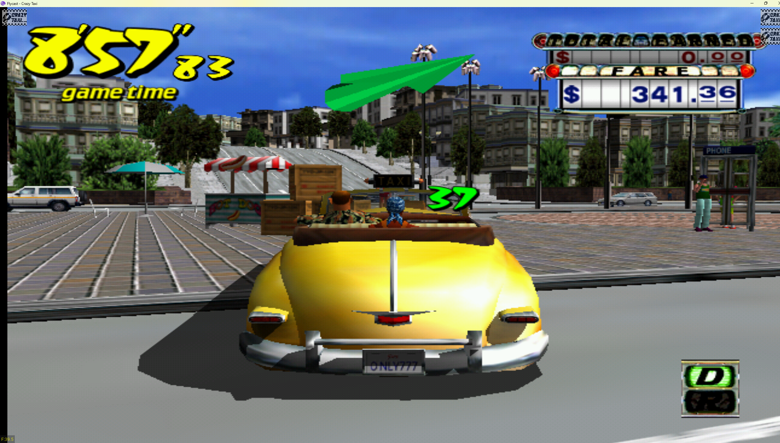Google Books has scanned and uploaded 150,000 books written in the 16th and 17th centuries. But there have been repeated requests to see the volumes in “full color,” according to Dan Bloomberg and Kurt Groetsch on the Inside Google Books Blog.

Now, Google has begun that process, allowing readers to see the books as originally printed instead of rendered onto an artificially-generated white background.
There are a couple of reasons why readers wished for, and Google agreed to, this way of viewing the texts, the two wrote.

“First, these books are interesting artifacts. They have changed their appearance over the centuries, and there is a cultural value in viewing them. Second, because of aging and bleed-through, it can be very difficult to display the images as clean text over a white background; in many cases it’s actually easier to read the text from the original (what we call “full-color”) images.”
So get your Galileo Galilei on. Or maybe Nostradamus is more your speed?
Now, this era is not that of the great illuminated manuscripts and folios of the Medieval world. There are illustrations, if not many illustrated capitals. But more to the point, such electronic facsimile can provide the modern reader a sense of nearness to the circumstances of the book’s creation and therefore to the mentality of both the writer and the readers.
Google Books and similar tools are always a trade-off. Anyone who has ever looked at a Velasquez in a book or online then seen it in person at the Prado knows it’s never the same. But these sorts of tools provide access both at a distance and to many more people that would otherwise see them in person.

















